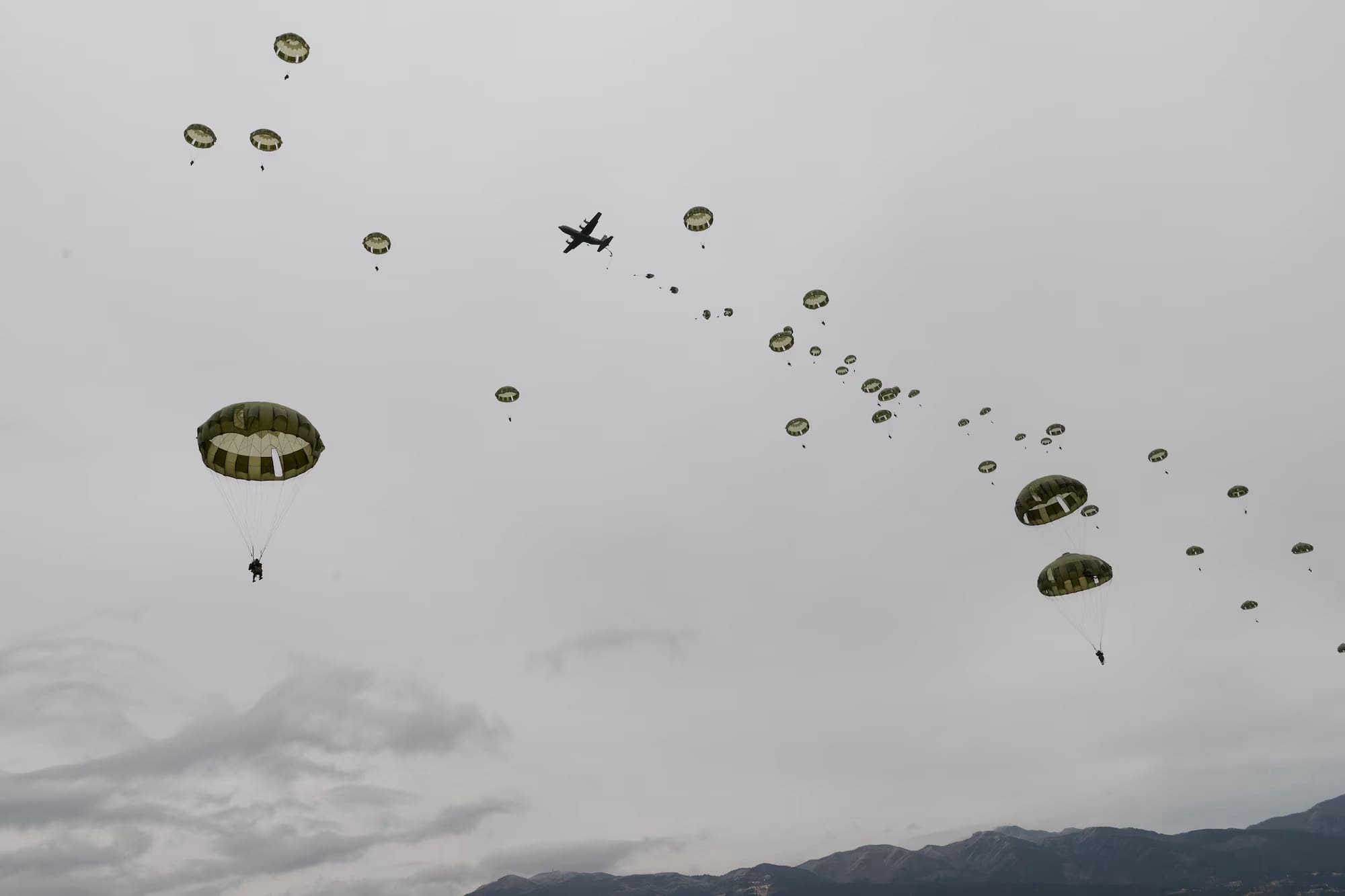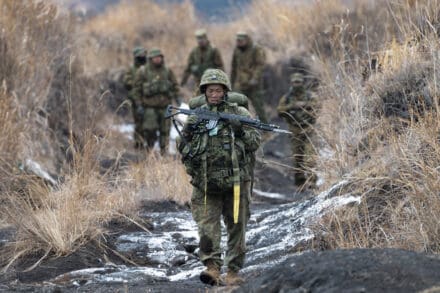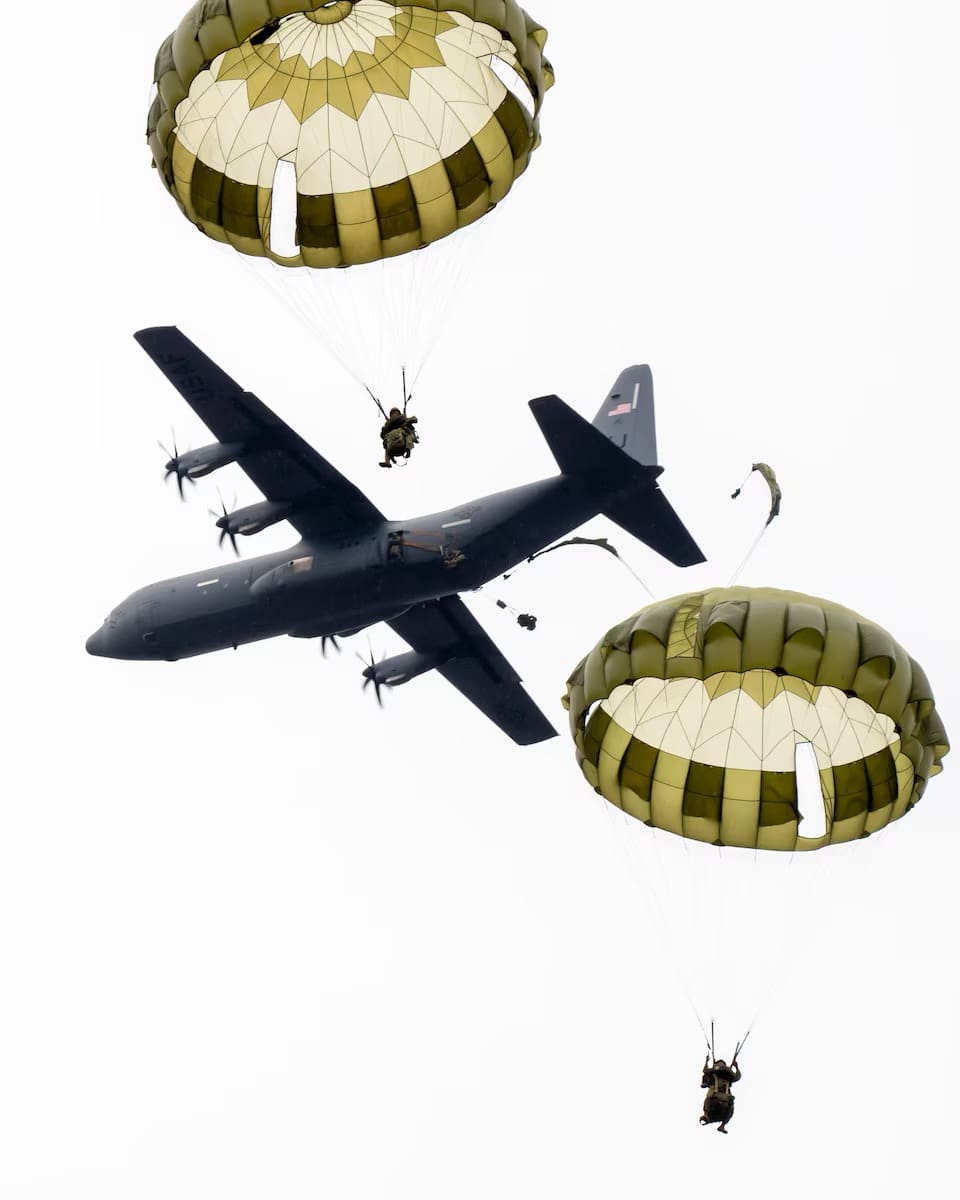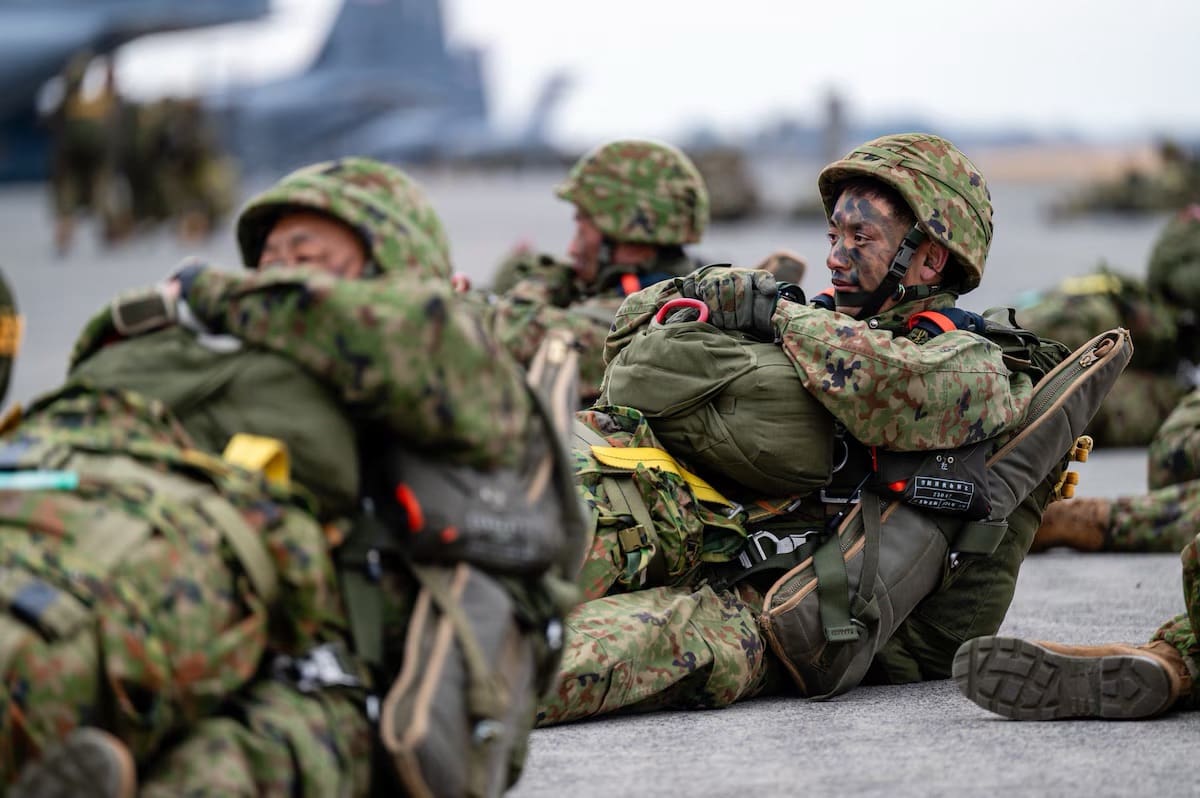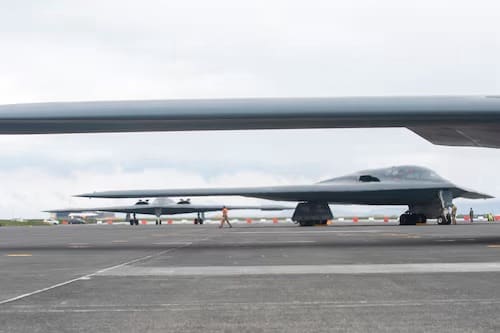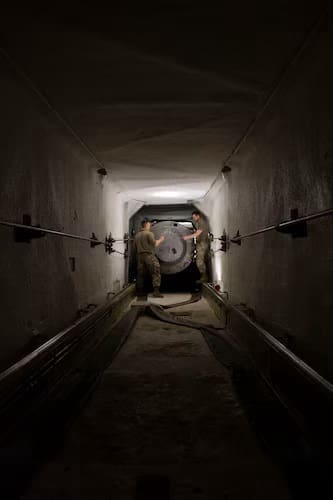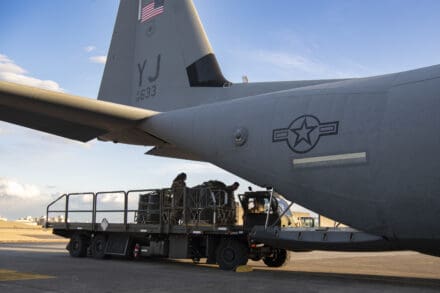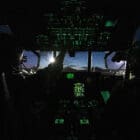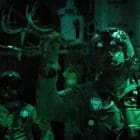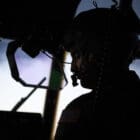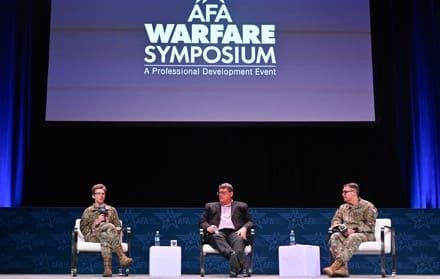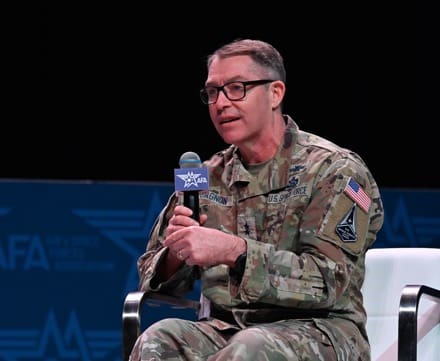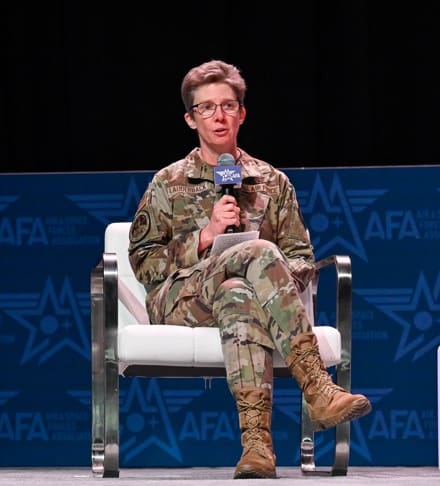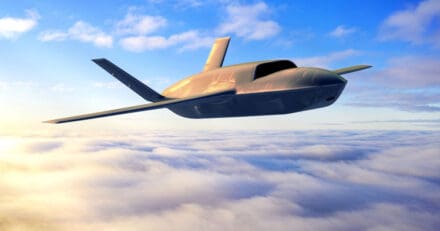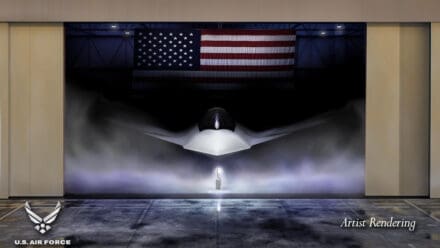
WASHINGTON (AFNS) —
The Department of the Air Force announced today the contract award for the Engineering and Manufacturing Development (EMD) of the Next Generation Air Dominance (NGAD) Platform, marking a major milestone in the advancement of air superiority. The contract, awarded to Boeing, will lead to the development of the F-47, the world’s first sixth-generation fighter aircraft.
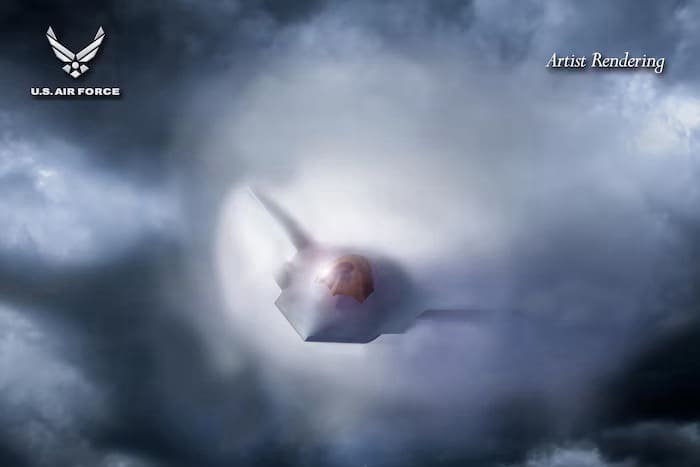
“I’m thrilled to announce that, at my direction, the United States Air Force is moving forward with the world’s first sixth-generation fighter jet,” said President Donald J. Trump during a press briefing at the White House. “Nothing in the world comes even close to it, and it’ll be known as the F-47.”
This decision follows a fair and thorough source selection process conducted by the Air Force, reaffirming the NGAD Platform as the most capable and cost-effective solution to maintain air superiority in an increasingly complex and contested global threat environment. The decision reflects the Air Force’s commitment to delivering cutting-edge technology to the warfighter while optimizing taxpayer investment.
“In terms of all of the attributes of a fighter jet, there’s never been anything even close to it, from speed to maneuverability, to what it can have, to payload. And this has been in the works for a long period of time,” Trump added. “America’s enemies will never see it coming.”
In May 2024, the Air Force conducted a strategic pause in the program to ensure it was making the right decision for its warfighters and for the security of the nation. During this time, the Air Force continued collaborating with industry to aggressively mature critical technologies and accelerate innovation.
“Now we have the F-47, which sends a very direct, clear message to our allies that we’re not going anywhere… and to our enemies that we can, and we will be able to project power around the globe, unimpeded, for generations to come,” said Secretary of Defense, the Honorable Pete Hegseth.
Hegseth stated the F-47 represents a significant advancement over the F-22, which is currently the U.S. Air Force’s primary air superiority fighter.
“This is a historic investment in the American military, in the American Industrial Base, that will help revive the warrior ethos inside our military, which we’re doing–rebuilding our military,” Hegseth added. “We know this is cheaper, longer range and more stealthy.”
As the cornerstone of the NGAD Family of Systems, the F-47 is designed to integrate next-generation stealth, sensor fusion, and long-range strike capabilities to counter the most sophisticated adversaries in contested environments. Its adaptability and modular design ensure seamless integration with emerging technologies, positioning it as a dominant platform for decades to come.
“With this F-47 as the crown jewel in the Next Generation Air Dominance Family of Systems, we believe that this provides more lethality,” said Air Force Chief of Staff Gen. David Allvin. “It provides more capability, more modernized capability, in a way that is built to adapt, along with our Collaborative Combat Aircraft.”
Over the past five years, in strong partnership between the Air Force and the Defense Advanced Research Projects Agency, X-planes have been laying the foundation for the F-47. These experimental aircraft have flown hundreds of hours, advancing stealth, range, and autonomous systems while refining operational concepts.
“Hopefully, these magnificent planes will be built and in the air during my administration. It’s ready to go. They’ve already built much of what has to be built in terms of production, including the sheds.” Trump added. “We will ensure that the USA continues to dominate the skies.”
By leveraging cutting-edge digital engineering techniques and government-owned architecture, the F-47 benefits from a streamlined and accelerated development timeline compared to previous fighter programs. These advancements enable rapid technology integration, ensuring the F-47 remains adaptable and upgradable to meet future mission requirements and counter emerging threats.
“Air dominance is not a birthright, but it’s become synonymous with American airpower, but our dominance needs to be earned every single day,” said Allvin. “Since the earliest days of aerial warfare, brave American Airmen have jumped into their machines, taken to the air, and they’ve cleared the skies. That’s been our commitment to the fight, and that’s really been our promise to America, and with this F-47 we’re going to be able to keep that promise well into the future.”
The contract award funds the engineering and manufacturing development phase, which includes maturing, integrating, and testing all aspects of the F-47. This phase will produce a small number of test aircraft for evaluation. The contract also includes competitively priced options for low-rate initial production.
Future basing decisions and additional program elements will be determined in the coming years as the Air Force advances the F-47 toward operational deployment.
Secretary of the Air Force Public Affairs




